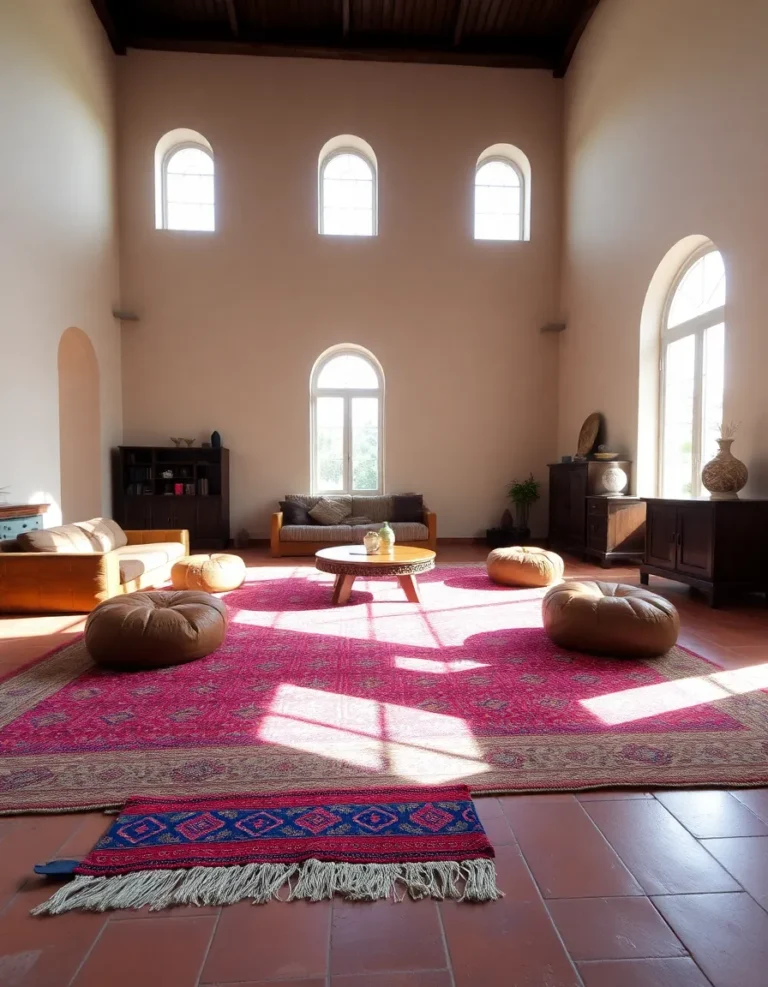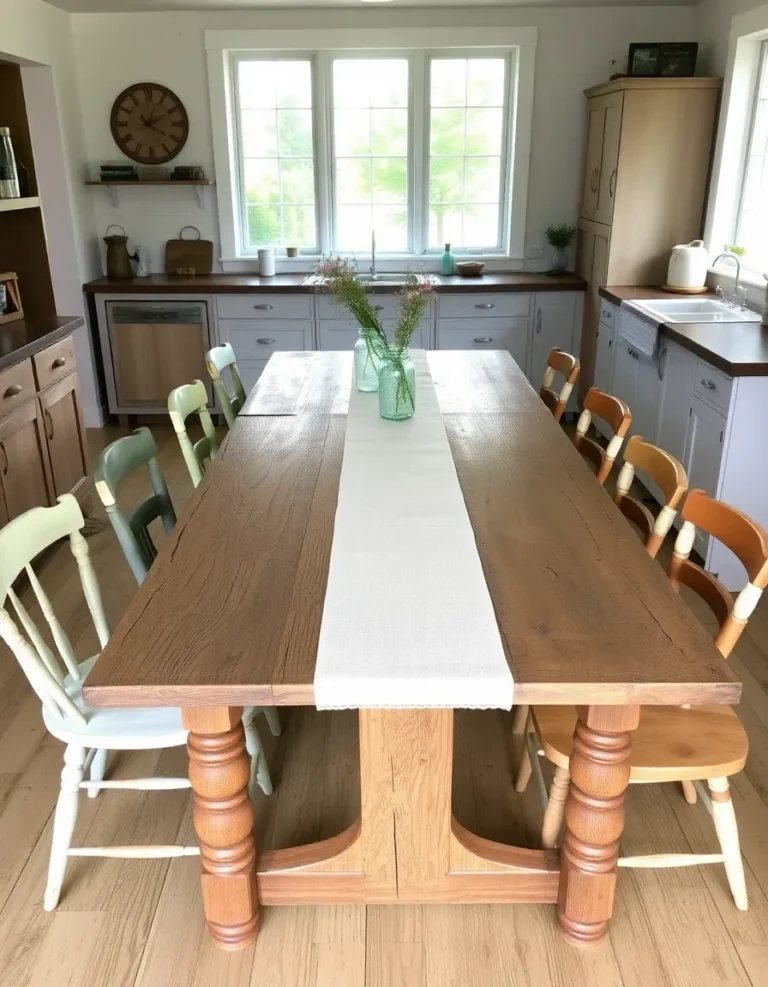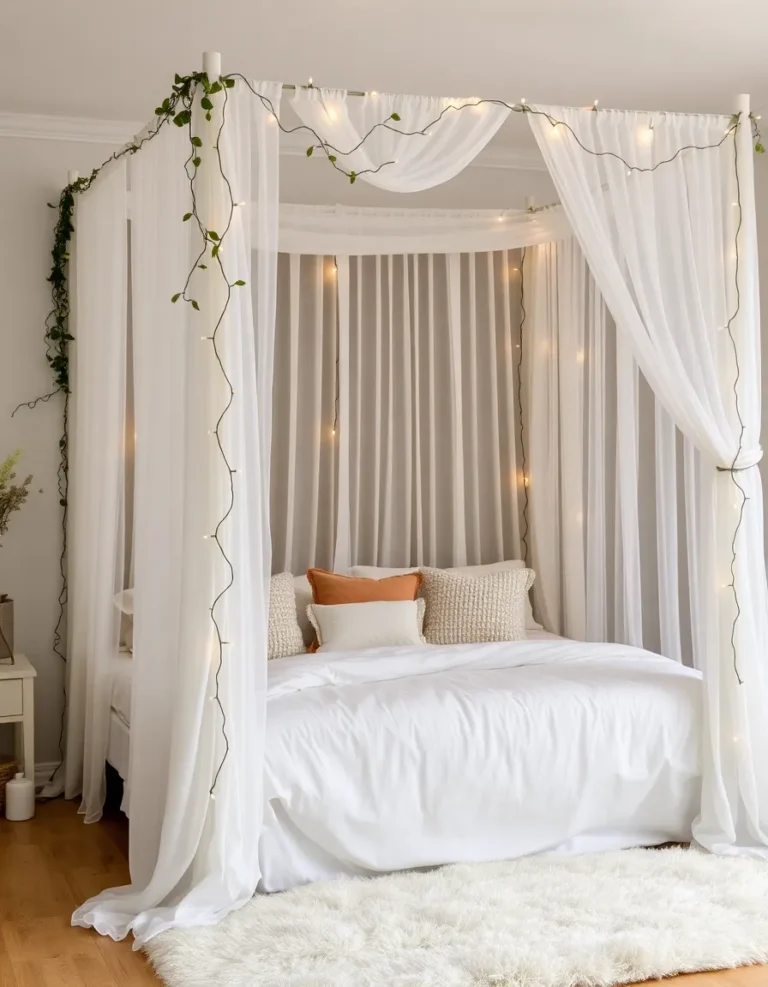How to Style a Mantel: Layering Art, Mirrors, and Candles
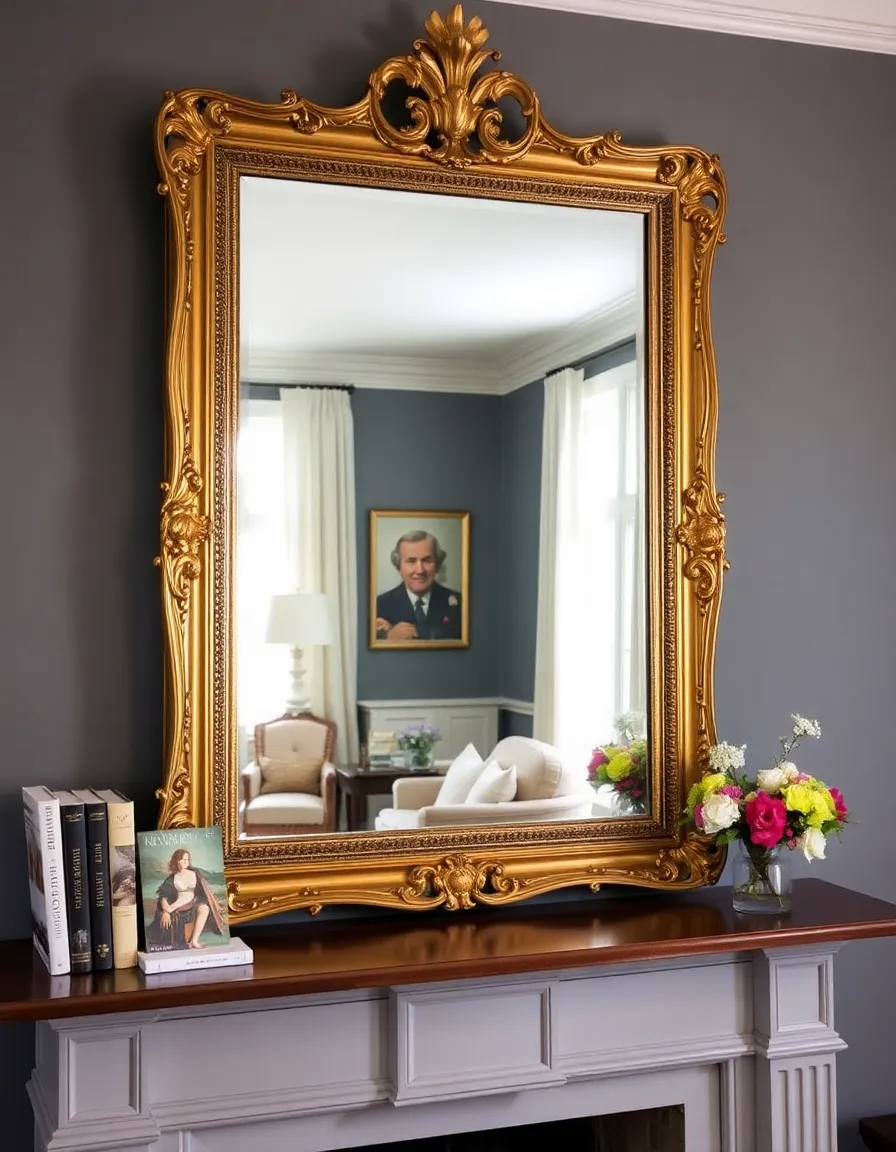
So, you’ve got a mantel. Maybe it’s pristine and begging for some personality, or perhaps it’s currently a chaotic mess of mismatched knickknacks (no judgment—we’ve all been there). Either way, styling a mantel is one of those design tasks that seems simple until you’re standing there, holding a candle in one hand and a tiny framed photo in the other, wondering why it all looks… off.
But here’s the good news: layering art, mirrors, and candles is a foolproof way to create a mantel that looks intentional, stylish, and effortlessly pulled together. No need for a degree in interior design—just a few easy tricks and a willingness to play around until it feels right. And hey, if you mess up? You can always start over. It’s not like you’re painting the Mona Lisa here.
In this guide, I’ll walk you through my favorite techniques for styling a mantel like a pro. We’ll cover everything from balancing heights to mixing textures, and I’ll even share some of my own mantel fails (yes, there have been a few) so you can avoid the same pitfalls. Ready to turn that blank slate into a showstopper? Let’s dive in.
1. Start with a Focal Point
Every great mantel starts with a focal point—something that immediately draws the eye and sets the tone for the rest of the arrangement. Think of it as the star of the show. This could be a bold piece of art, a striking mirror, or even an oversized candle holder. The key? Choose something you love and build around it.
Personally, I’m a sucker for a big, dramatic mirror. Not only does it make the space feel larger, but it also reflects light beautifully. But if you’re more into art, go for a statement painting or a framed print. Just make sure it’s proportional to your mantel. A tiny 8×10 photo on a massive fireplace? Not gonna work. Unless you’re going for the “lonely little picture” aesthetic, which… I don’t recommend.
Pro tip: If you’re using a mirror, consider what it’s reflecting. A mirror facing a cluttered room will just double the chaos. Position it so it catches something pleasant, like a window or a well-styled wall.
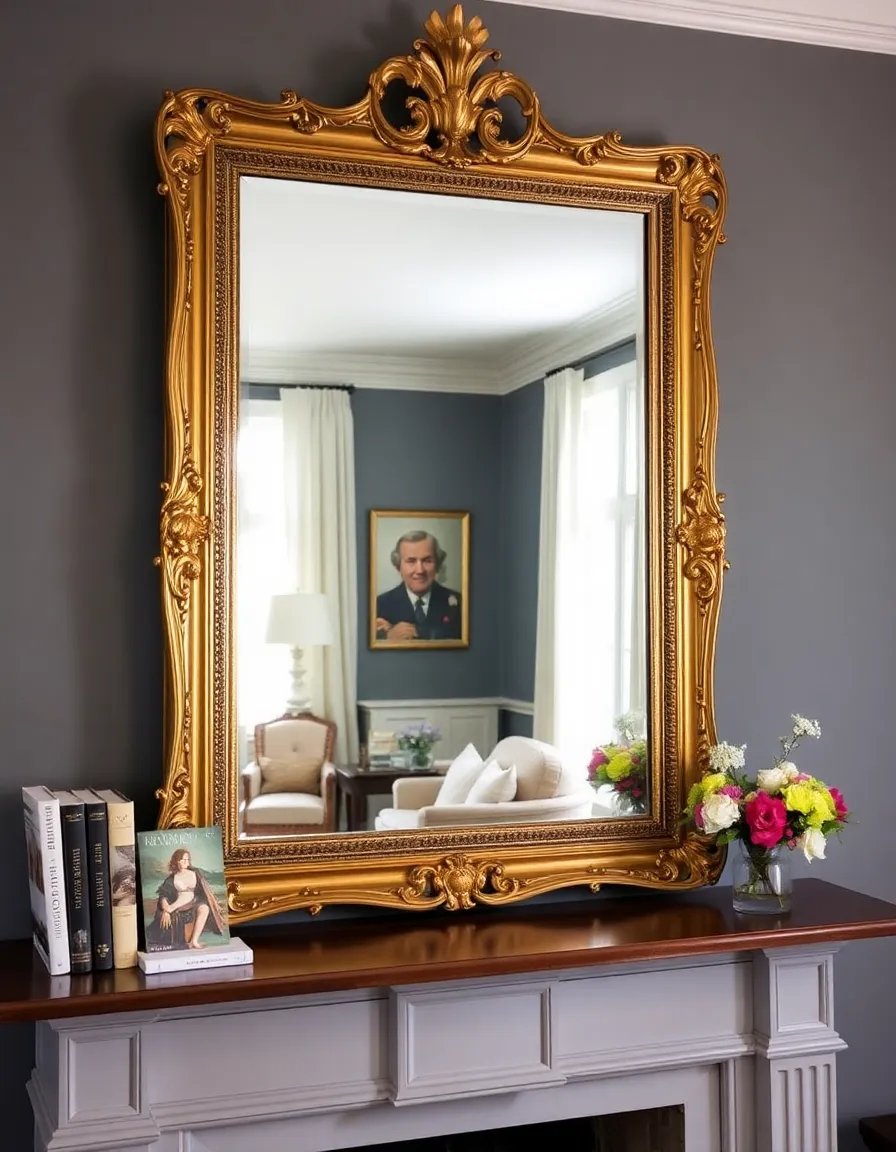
2. Layer Art for Depth
Once you’ve got your focal point, it’s time to add some layers. And no, I don’t mean throwing on a scarf and calling it a day. Layering art is all about creating depth and visual interest. Try leaning a smaller piece of art in front of your focal mirror or hanging a larger artwork slightly off-center with a smaller one overlapping.
I like to mix framed prints with unframed canvases or even vintage book plates for a more eclectic vibe. The trick is to vary the sizes and orientations—think one vertical frame next to a horizontal one. And don’t be afraid to play with spacing. Clustering a few smaller pieces together can create a gallery wall effect right on your mantel.
Ever notice how some mantels look stiff and overly curated? Yeah, we’re avoiding that. Keep it relaxed by letting some pieces lean instead of hanging them. It adds a casual, lived-in feel that’s way more inviting.
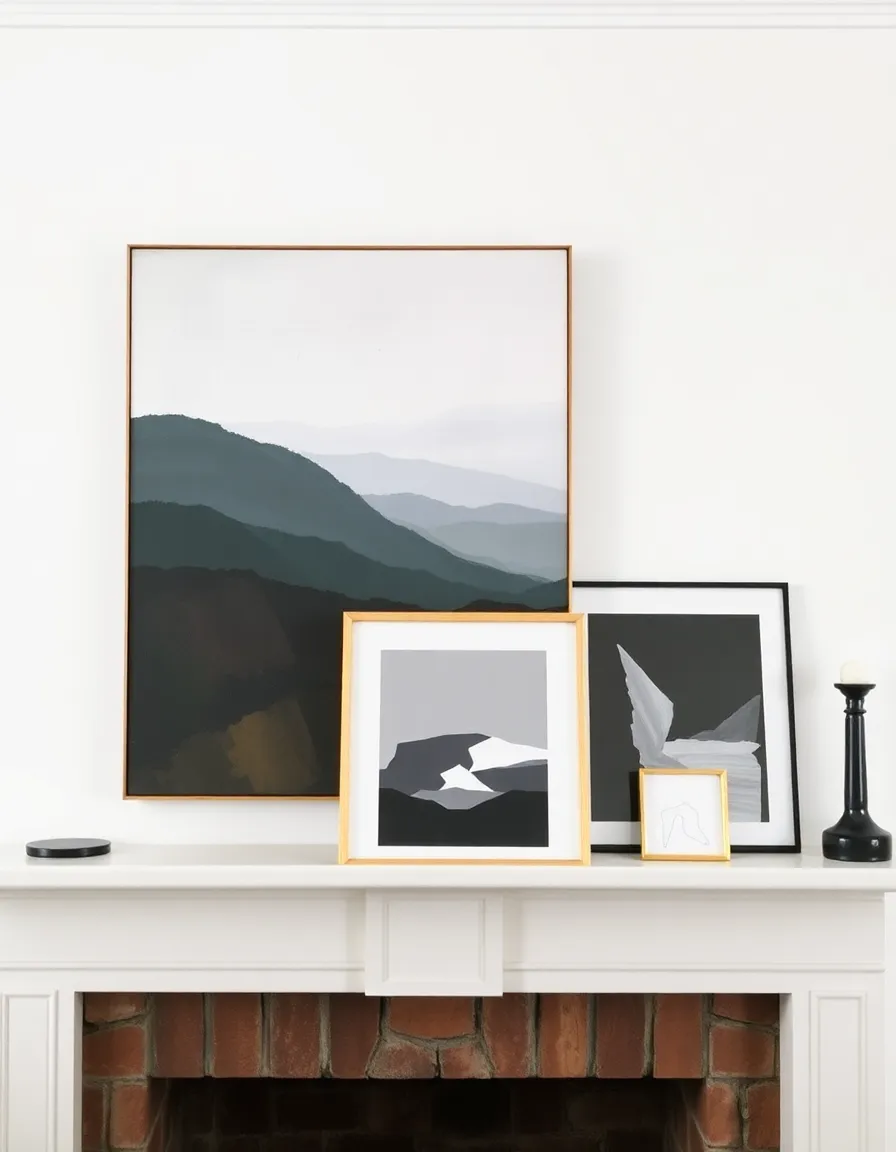
3. Add a Mirror (or Two)
Mirrors aren’t just for checking your hair before Zoom meetings (though, let’s be real, that’s a valid use). On a mantel, they can brighten the space, create the illusion of height, and even make your candles look twice as pretty. If your focal point isn’t already a mirror, consider adding one as an accent.
Round mirrors work wonders for softening sharp edges, while sunburst mirrors add a touch of glam. I once styled a mantel with a small round mirror tucked behind a pair of candlesticks, and it looked like I knew what I was doing—even though I totally winged it. The reflection of the flickering candlelight? Chef’s kiss.
Just remember: one mirror is chic, but five mirrors might make your mantel look like a funhouse. Unless that’s your thing, in which case, go wild.
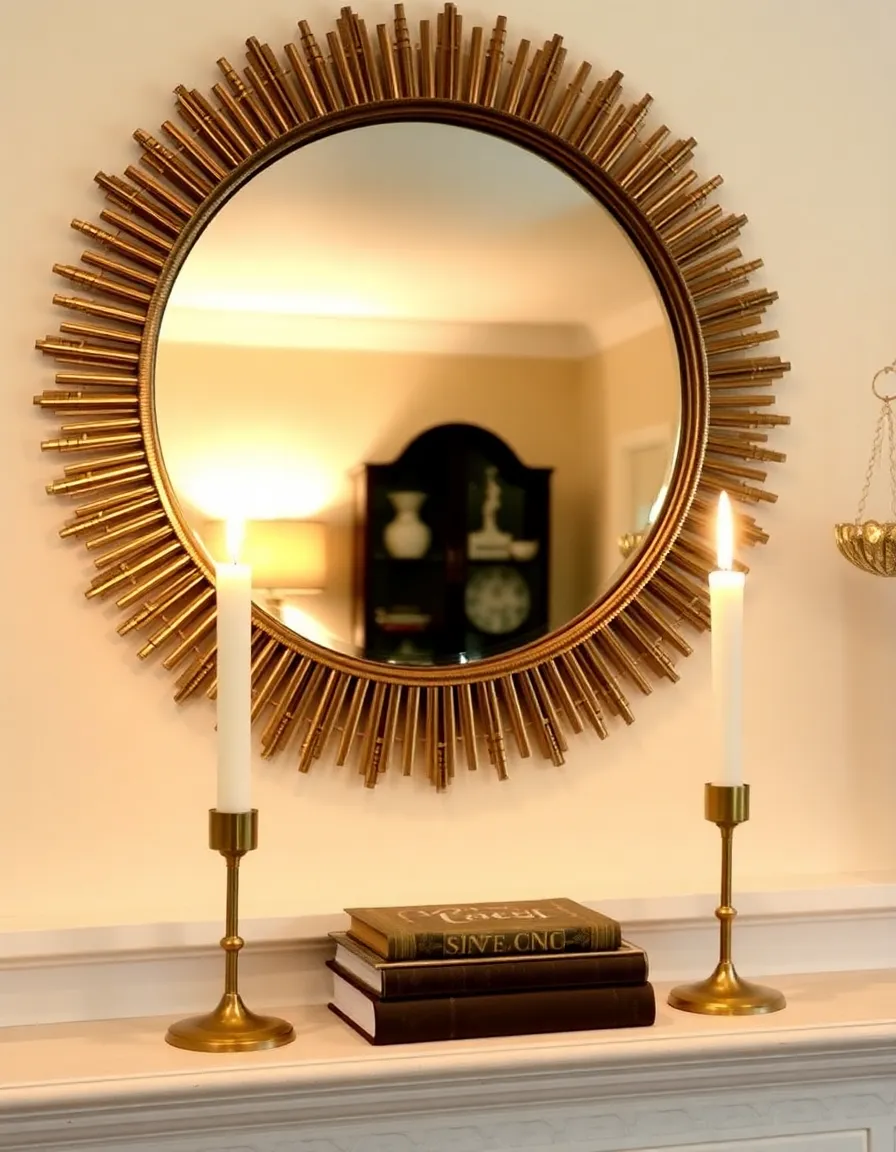
4. Play with Candles (and Their Holders)
Candles are the ultimate mantel accessory. They add warmth, ambiance, and—if you’re like me—an excuse to buy all those fancy holders you’ve been eyeing. But here’s the thing: not all candles are created equal. A single tea light in the corner won’t cut it. You need variety.
Mix tall taper candles with chunky pillars or a cluster of votives. And don’t forget the holders! Brass candlesticks add a touch of vintage charm, while modern ceramic ones keep things sleek. I’m partial to mismatched holders because they look collected over time (and because I can’t commit to one style).
FYI, if you’re worried about fire hazards, LED candles are a great alternative. No one will know the difference—unless they try to roast marshmallows.

5. Balance Heights and Textures
Here’s where things can go sideways real fast. If everything on your mantel is the same height, it’ll look flat and boring. But if it’s all over the place, it’ll feel chaotic. The sweet spot? A mix of heights that create a natural visual flow.
Start with your tallest item (usually the focal point), then layer in medium-height pieces like stacked books or smaller frames, and finish with low-profile items like candles or small objects. This creates a sense of movement that guides the eye across the mantel.
Textures are just as important. Pair smooth ceramics with rough wood, glossy frames with matte finishes, or soft fabric with hard metals. I once styled a mantel with a chunky knit garland draped over a sleek marble tray, and it was *chef’s kiss* perfection. Contrast is your friend.
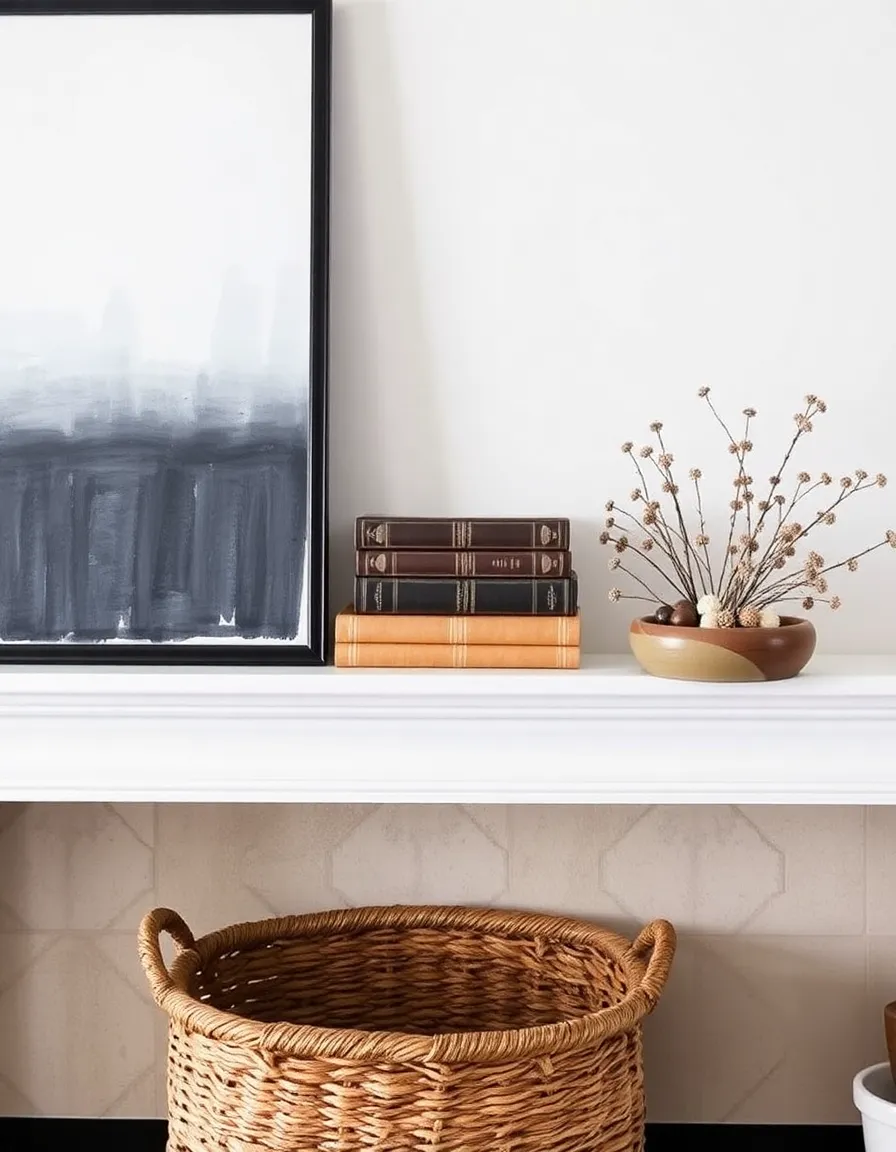
6. Don’t Forget Negative Space
Repeat after me: empty space is not the enemy. In fact, it’s what keeps your mantel from looking like a cluttered thrift store shelf. Negative space gives the eye a place to rest and lets your carefully chosen pieces shine.
Resist the urge to fill every inch. Instead, leave some breathing room between items. A single small vase or a minimalist sculpture can hold its own without a crowd. I learned this the hard way after cramming way too much onto my first mantel. Spoiler: it looked stressful.
Think of negative space as the silent partner in your design—it doesn’t scream for attention, but it makes everything else look better.
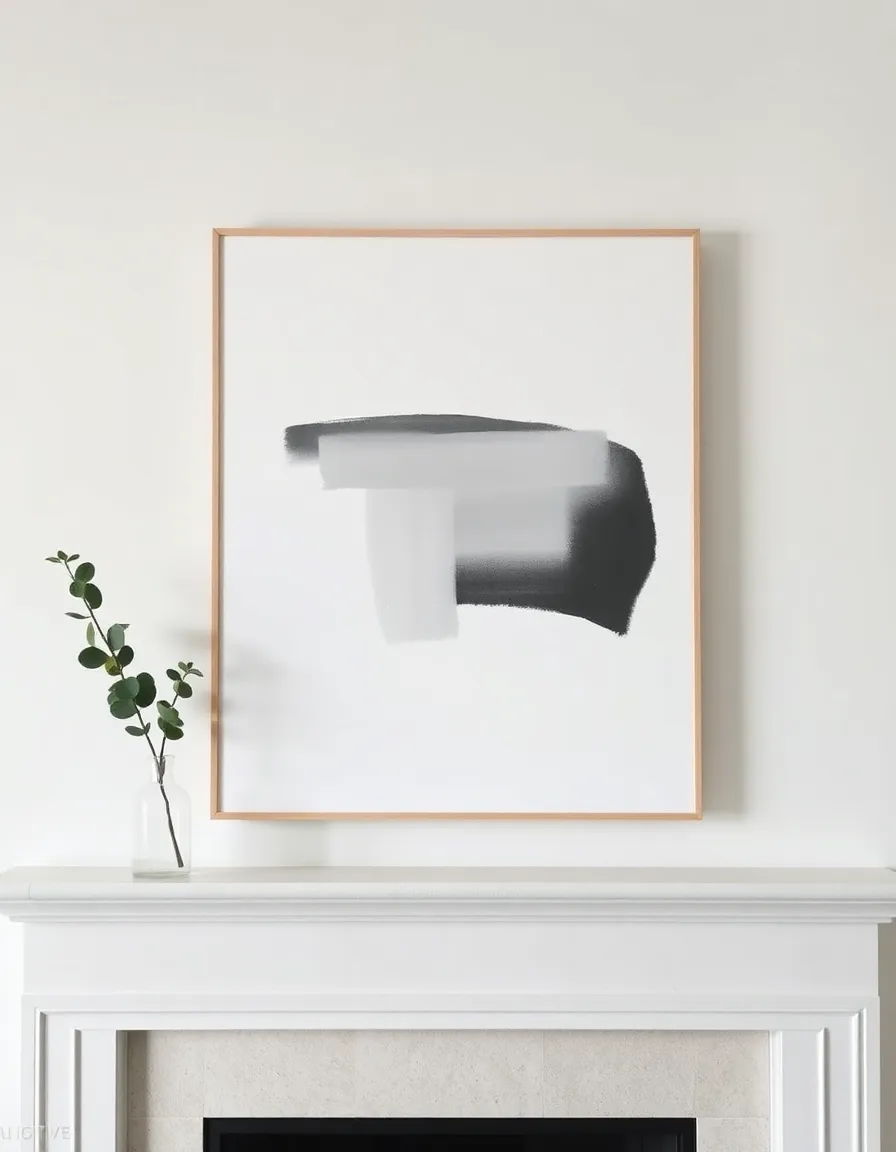
And there you have it—a foolproof guide to styling a mantel that looks like you hired a designer (but really, you just followed these tips). The best part? There’s no right or wrong way to do it. Play around, switch things up, and don’t be afraid to break the rules once you’ve got the basics down.
Remember, your mantel should reflect your personality, whether that’s sleek and modern or cozy and collected. So light those candles, hang that art, and step back to admire your handiwork. And if you hate it? Well, that’s what wine is for. Cheers to your perfectly styled mantel!

